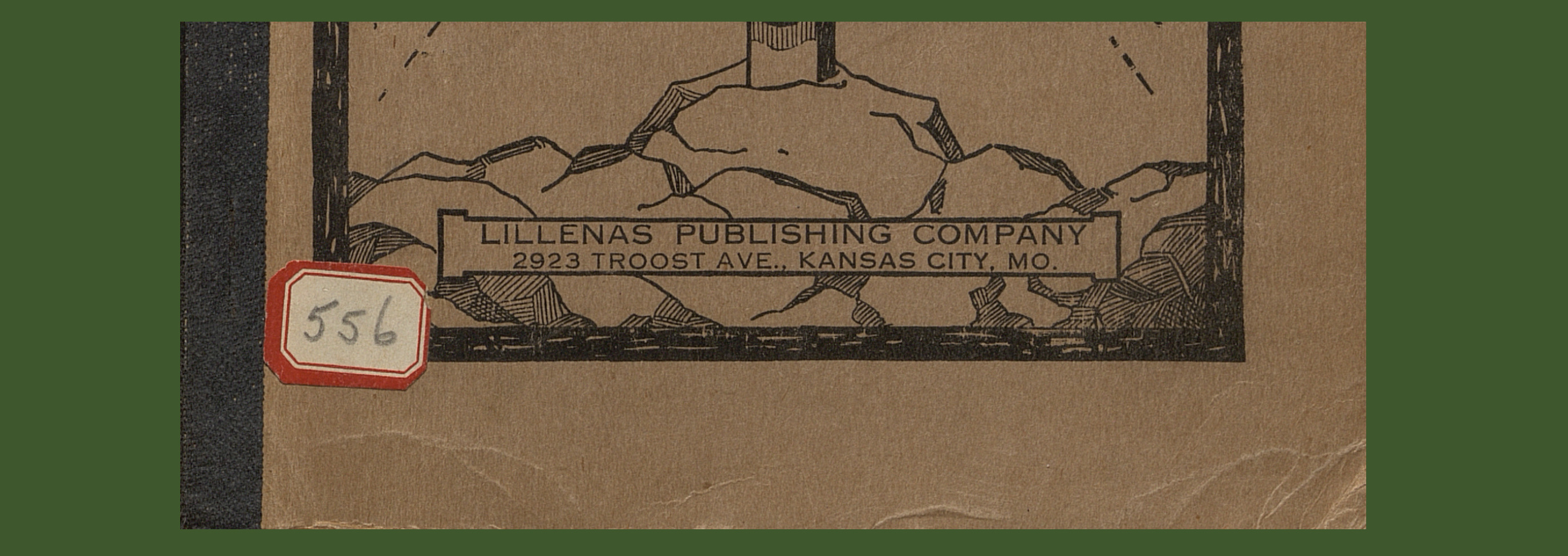
Missouri’s two great rivers provided important routes for transportation and commerce, transforming the state into a nineteenth-century manufacturing hub that included the production and dissemination of sacred music. St. Louis was the first major publication center to arise west of Cincinnati, Ohio. Situated on the Mississippi River, St. Louis attracted established music publishers eager to access the growing Mississippi Basin market. By the turn of the twentieth century, the city housed an array of denominational publishing concerns: the Christian Board of Publication (Disciples of Christ), Christian Publishing Company (Restorationist), Concordia Verlag (Lutheran, Missouri Synod), Eaton & Mains (agents for the Methodist Episcopal Church), and Eden Publishing House (Lutheran, Evangelical Synod of North America). St. Louis’s sizeable German-speaking population built a sacred music operation that served the growing Germanophone communities of the Upper Midwest and Great Plains. Along the Missouri River, the greater Kansas City area was home to publishing houses established by the Church of Jesus Christ of Latter-Day Saints in 1899 and the Church of the Nazarene in 1912. The city also served turn-of-the-century independent publisher-composers like Charlie D. Tillman (1861–1943), Leander Lycurgus Pickett (1859–1928), and Haldor Lillenas (1885–1959) who worked in a wide range of styles under the broad umbrella of gospel.
—Erin Fulton